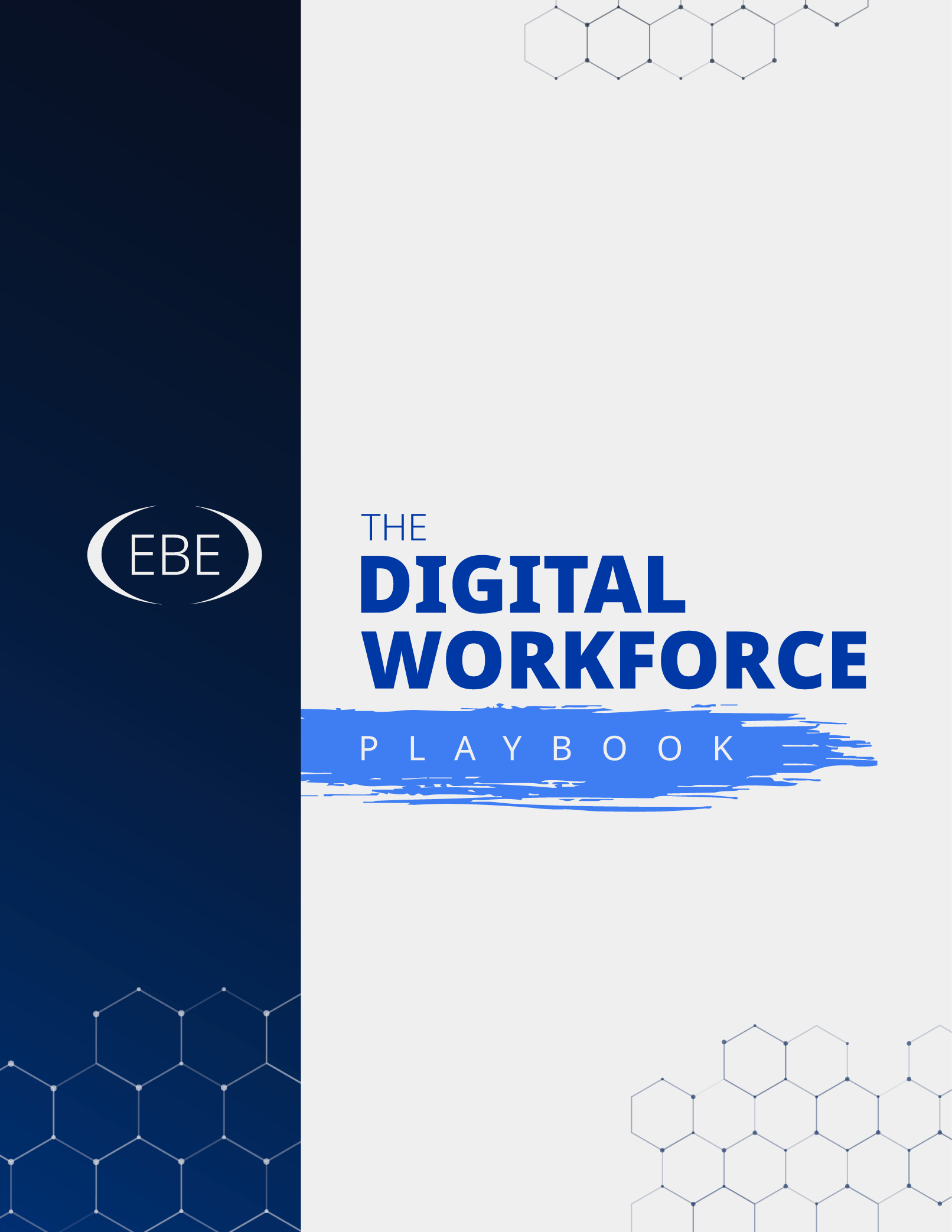

By Larry Kerr
President, EBE Technologies
Assessorial expenses can represent a large revenue leak to carriers. Too often, carriers do not collect these charges from shippers, and many believe their accessorial reimbursement is less than 40%. Fortunately, there are ways to fix this leak.
Based on the number of trucks, such charges can represent millions of forgone dollars. For example, when carriers pay drivers for an accessorial fee, such as detention, and do not collect the expense from shippers, it only compounds their loss. It directly impacts carriers’ operating ratios. Additionally, it affects the retention of drivers, who believe accessorial specific expenditures are due to them.
Given the potential amount of forgone revenue, why do carriers struggle to bill for accessorial expenses? There are several reasons for the shortfall.
First, carriers make it difficult to claim accessorial expenses. Carriers often must claim assessorial fees by filling out web-based forms within a specified time. If the expense occurred after hours or carriers didn’t have the staffing to respond within the given timeframe, they would forego the revenue.
In other cases, contracts may require sending specific documents to the location where the expense occurred. These documents may include time-specific contract alters that inform shippers of pending detentions or other assessorials.
Many dispatch systems do not manage the accessorial expense on a load level, so this processing duty falls to dispatchers and CRS to manually complete the process. As mentioned, staffing levels directly impact the ability to respond in the specified timeframe.
When carriers invoice for an assessorial expense, shippers may short pay the invoice or not release the payment if they use a third-party payment intermediary based on additional document requirements.
Such requirements may include contract terms or approval documents. For carriers to receive the payments, they will have to rebill shippers with the additional documents or upload the necessary files to a website.
True to any industry, where there’s are issues, there are opportunities for problem-solving by developing solutions that integrate carriers’ transportation management system (TMS) to shippers’ web portals. These integrations monitor the TMS and automatically log into the web portal to claim the accessorial expense. These applications become a CRS dedicated to ensuring the carriers’ claims and receiving reimbursement for the cost. In addition, these solutions can review payment statuses within these portals using EDI to send invoices.
When available, documents can be uploaded to the portal or placed in a workflow for a CRS to make the needed adjustments. These solutions provided 24-hour monitoring of carriers’ TMS systems and shippers’ portals. This automation ensures the carriers’ accounts for each assessorial reimbursement, which significantly improves their revenue.
Solution providers develop specific systems to work with carriers’ TMS to manage accessorials on a load level. These systems monitor the stop, bill-to, and commodity codes to determine if an accessorial would occur and lists the specific information required at the local and shippers’ corporate levels.
By configuring these processes in a workflow, these systems automatically provide the needed information at specified times. Through consistent management of accessorial claims, it establishes better relationships between carriers, drivers, and shippers. In addition, accounts receivable departments run more smoothly in that staff are not manually trying to collect for improperly documented expenses.
These systems can automatically provide driver instructions when accessorial expenses occur. These instructions can include the need for signatures on documents, contacting dispatchers, or adding comments noting expenses on the proof of delivery document before the signature.
As integration between the TMS system, shippers’ portals, and workflow process becomes more seamless, monitoring for and managing accessorial expenses has become an automated process similar to core billing and settlement. As carriers adopt the new solutions, their unrealized revenue from accessorial expenses will decrease accordingly.
In today’s labor market, “throwing people at the problem” does not work. Carriers move to automated solutions that eliminate the need for manual processing which allows their staff to focus on revenue-generating activities.
These solutions fix the leak of assessorial expense reimbursement and offers a compelling return on investment while at the same time providing standardization, which is a win for all.
Regain lost revenue from accessorial expenses with EBE’s imaging and work solutions. Our configurable applications will increase your company’s profitability and strengthen relationships with drivers and shippers. Contact us to learn more.









